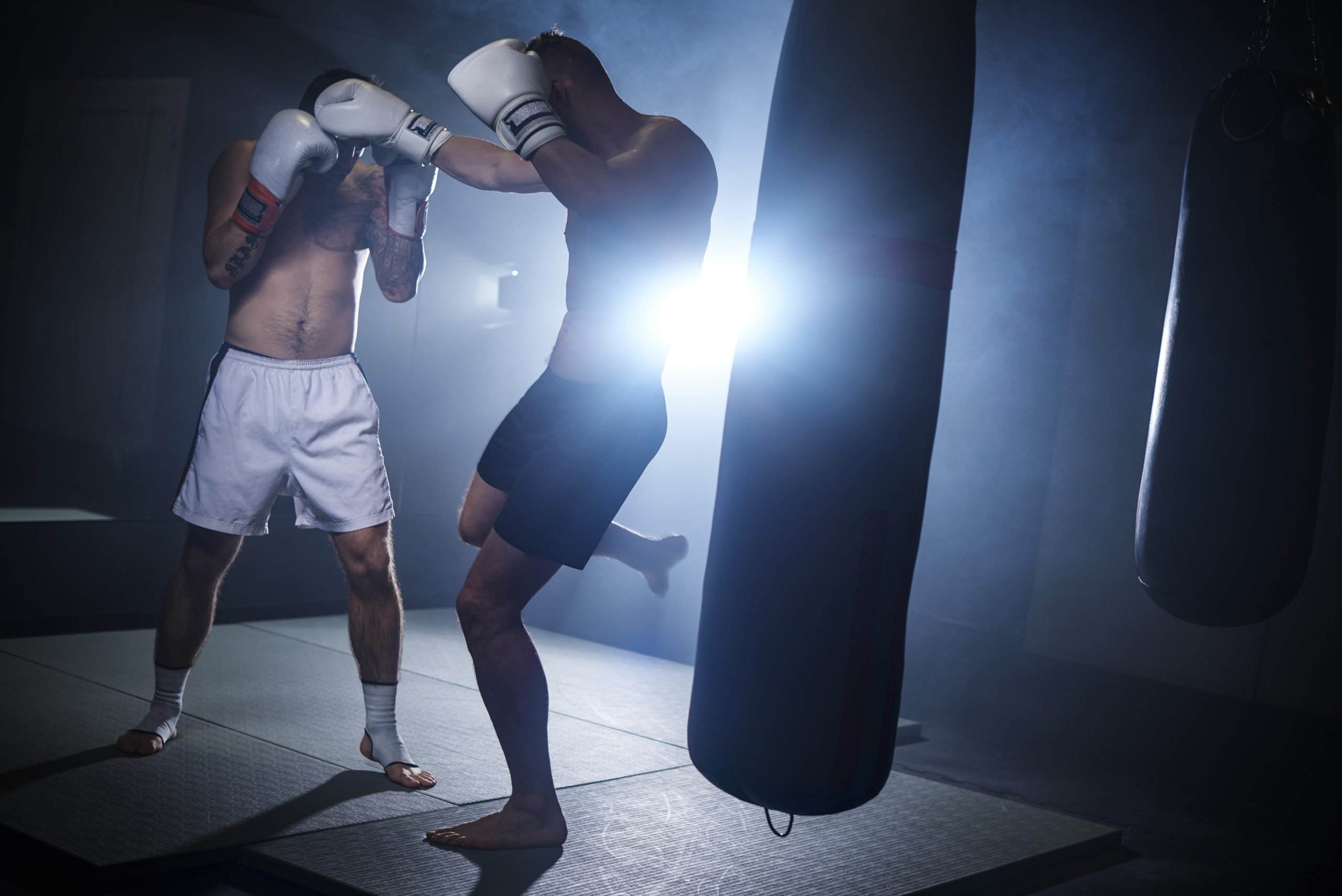Welcome to the ultimate guide to urban survival gear. In this post, we will cover everything you need to know about preparing for a disaster or emergency situation in an urban environment. From essential tools and clothing to food, water, and shelter, we’ve got you covered. Let’s get started!
Introduction to Urban Survival Gear:
Urban survival is different from wilderness survival because it presents unique challenges that are specific to cities. You may not have access to clean drinking water or safe sources of food. The infrastructure may be damaged, making transportation difficult. And there could be dangerous people lurking around every corner. That’s why having the right gear is crucial.

The Essential Tools for Urban Survival:
There are several key items that should be included in your urban survival kit. These include:
A sturdy backpack to carry all your supplies
A knife or multi-tool for cutting and chopping
A flashlight with extra batteries (or a solar-powered option)
A first aid kit with bandages, antiseptic, and pain relievers
Water purification tablets or a filter
High-energy snacks like nuts or trail mix
Clothing and Accessories for Urban Survival:
In addition to these essentials, you should also consider what type of clothing and accessories you might need during an urban survival scenario. For example:
Sturdy boots or shoes with good traction
Warm layers like a fleece jacket or rain poncho
Gloves for protection against cuts and scrapes
Sunglasses or a hat for sun protection
Food, Water, and Shelter in the City:
When it comes to finding food, water, and shelter in the city, things can get tricky. Here are some tips:
Look for public buildings like schools or community centers that may offer temporary shelter
Check local grocery stores or convenience stores for non-perishable food items
Use caution when collecting water from public sources as they may be contaminated
First Aid Kit for Urban Survival:
Finally, let’s talk about putting together a first aid kit for urban survival. This is something that everyone should have on hand at all times. Your kit should include:
Bandages of various sizes
Antibacterial ointment
Pain relievers like ibuprofen or acetaminophen
Antihistamines for allergic reactions
Tweezers for removing splinters or foreign objects
Remember, being prepared is key to surviving any emergency situation. By following these guidelines and packing the right gear, you’ll be well on your way to staying safe and healthy no matter what happens.